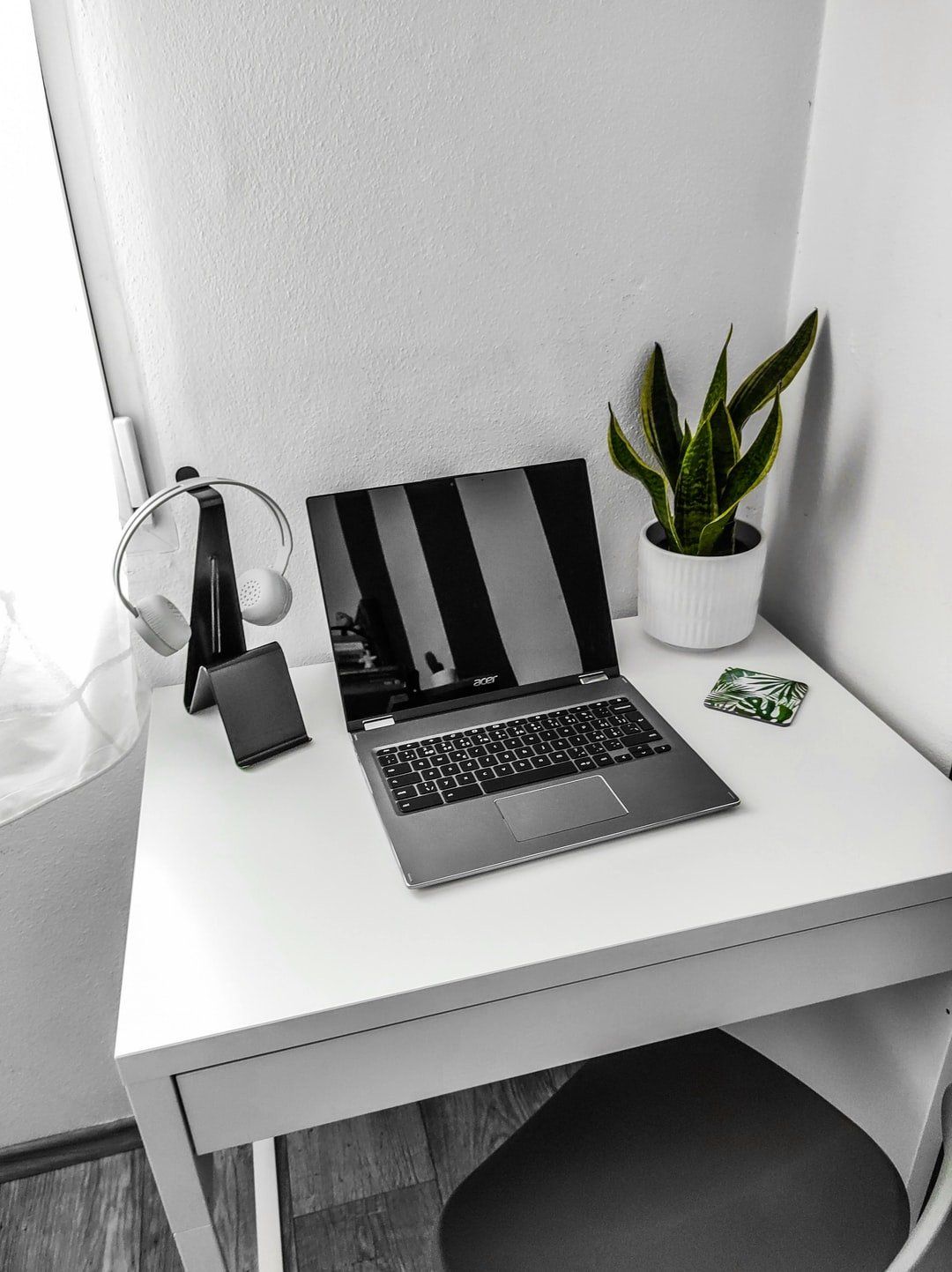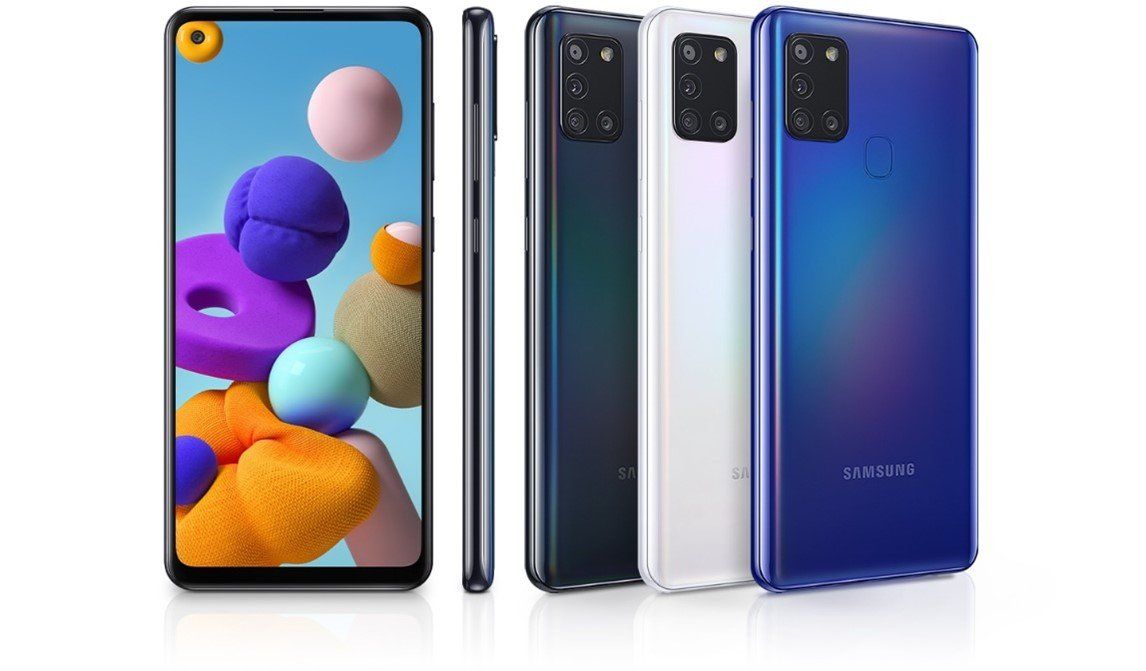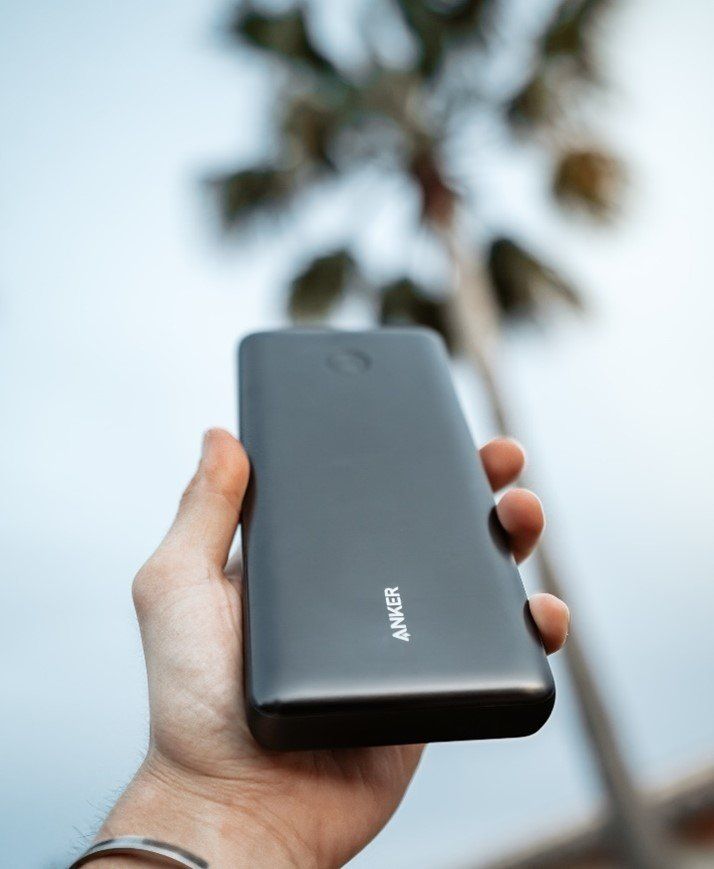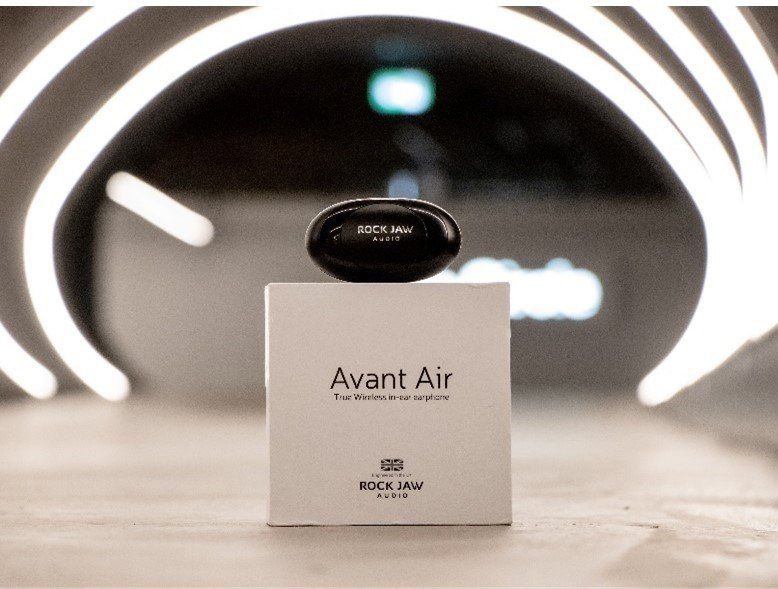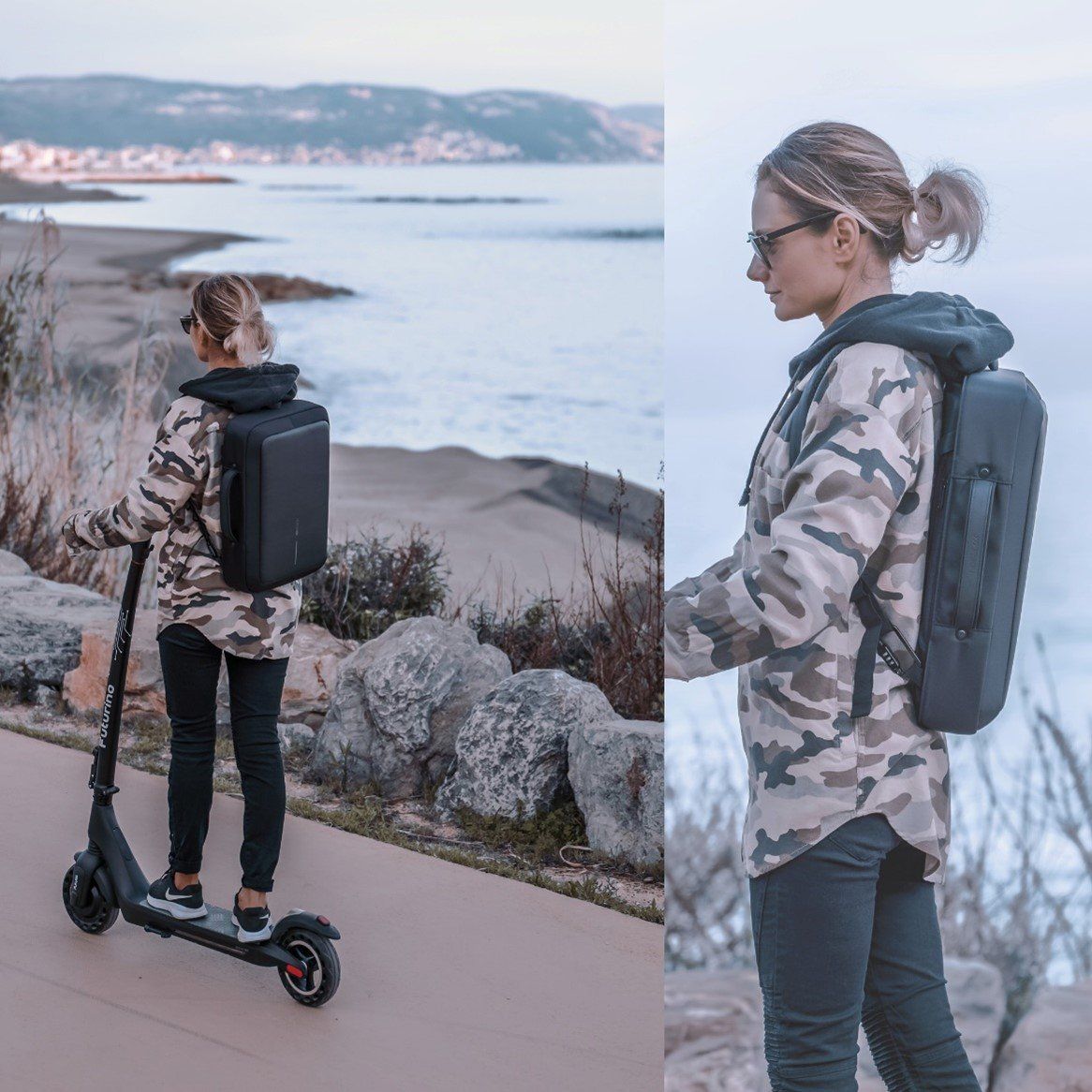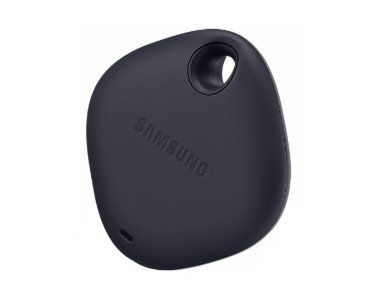Life’s a Beach
Power up your beach bag for the summer with our top-notch tech recommendations
It’s been a rough eighteen months, so it’s no wonder that so many of us are clamouring to get outdoors – and even though it’s tricky to get abroad right now, the UK’s top-quality beaches are begging for some summer attention.
And, these days, we don’t just sling a towel and some factor 50 into our bags. With smartphones, Bluetooth speakers, and more an integral part of our lives, we’re taking more tech than ever to the beach.
It pays to pay attention to the tech you take on the road: getting suitable kit will make your days out even better. And to make sure you’re getting the most out of your tech, we’ve rounded up some top items for sun-soaked days at the beach and beyond.

Seas the Day
(Credit Samsung)
A day at the beach is no good if your battery runs out, so consider one of Moto’s G-series of phones. Sub-£200 devices like the Moto G9 Plus and G9 Play offer outstanding battery life, and the £399 Moto G100 is a brand-new handset that combines top-notch longevity with high-end features.
(Credit Motorola UK)
A Bluetooth speaker is the perfect partner for a new smartphone. A device like the £59 Ultimate Ears WONDERBOOM is ideal for blasting tunes thanks to its 360-degree audio, and its waterproof, dustproof and shockproof design means you can stick it in the sand and enjoy.
Credit (Ultimate Ears)
New ParIt’s never been so easy to take a laptop to the beach, either. The £499 Acer Spin 513 has built-in 4G LTE, so you won’t lose connectivity even if you’re miles from civilization, and its hybrid design means it works as a tablet too. Its fourteen-hour battery life is great, and there’s a crisp Full HD display. If you want to watch a movie, enjoy some gaming, or catch up on emails while you’re away, sling the Spin into your bag.agraph
Resting Beach Face
It’s important to accessorise if you’ve got a beach day planned, and that means complimenting your smartphone or laptop with extra hardware.
(Credit Anker)
A key accessory is a power bank, especially if you’re going to need to charge your smartphone, tablet or ebook reader before the end of the day. Power banks from companies like Anker routinely cost around £30 and they include lashings of juice alongside multiple USB ports, so you can charge multiple devices simultaneously.
Talking of headphones, it’s worth investing in some Rock Jaw Avant Air wireless earbuds. These British-designed units offer incredible comfort, high-quality audio, twelve hours of battery life and waterproofing, so they’re perfect for any situation, including a beach trip.
(Credit Rock Jaw Audio)
A new beach towel is the best way to make your trip feel a bit more special, and Dock & Bay produce exceptional products. They have quick-dry technology so they dry three times faster than the old cotton towel you’ve got at home, they’re woven from 100% recycled materials, and they come in dozens of stunning designs. They’re surprisingly cheap, too: prices start at £18.
(Credit Dock & Bay)
Vitamin Sea
It’s no good buying new kit if you don’t look after it properly – and that starts with a great bag. We love the original Bobby backpack by XD Design. This £75 unit has water-repellent fabric, so it’s well-suited to a day at the beach (or a day in the unpredictable British weather), and it’s sturdy and roomy, so you can fit your gear inside without any worries.
(Credit XD Design)
The Bobby’s anti-theft design has hidden zippers and pockets alongside cut-resistant material. It has an integrated USB charging port, shock-proof compartments and a design that balances weight to avoid back issues. It’s the perfect do-it-all backpack for a day out.
It’s also worth investing in a couple of £29 Samsung Galaxy SmartTags. These tiny devices attach to your keys, smartphone, or other electronics and can track them if they go missing.
No matter what you need to buy, there’s never been a wider selection of kit that’s perfect for a day at the beach. Get the tech right, hope the weather holds, and a good day on the sand is a shore thing.
Witten by Mike Jennings on behalf of Chilli-Bob PR LTD
